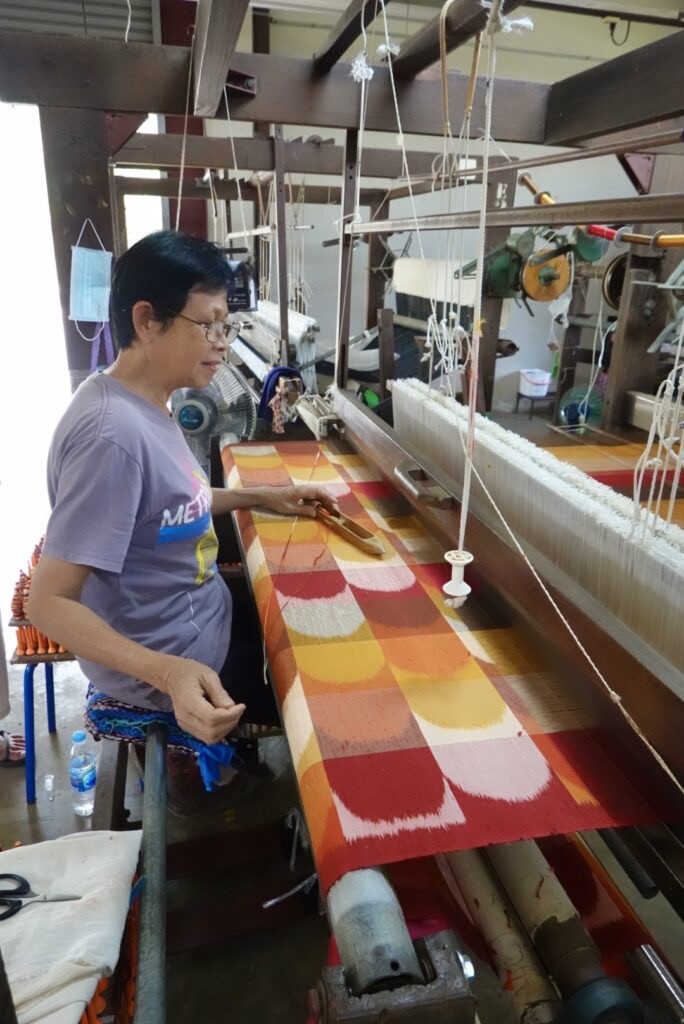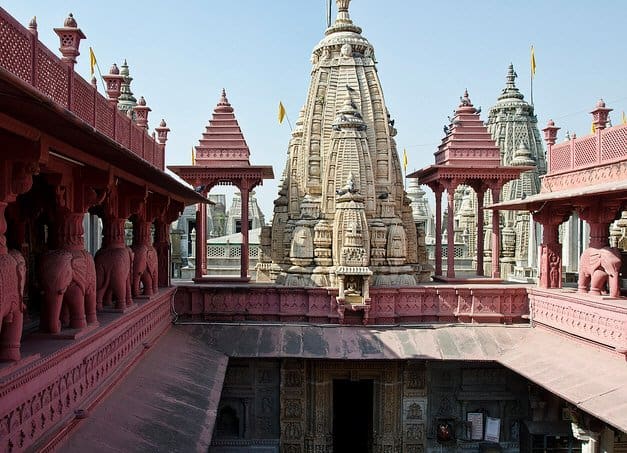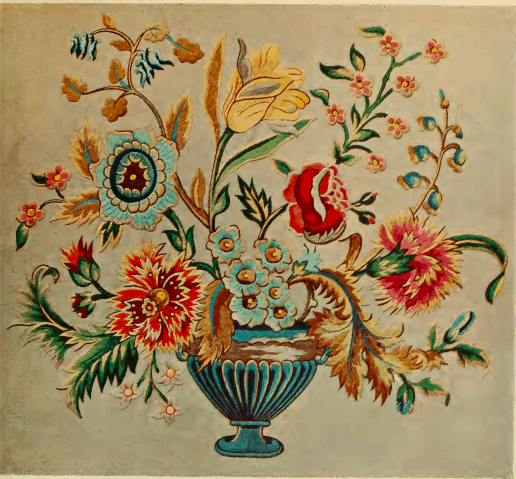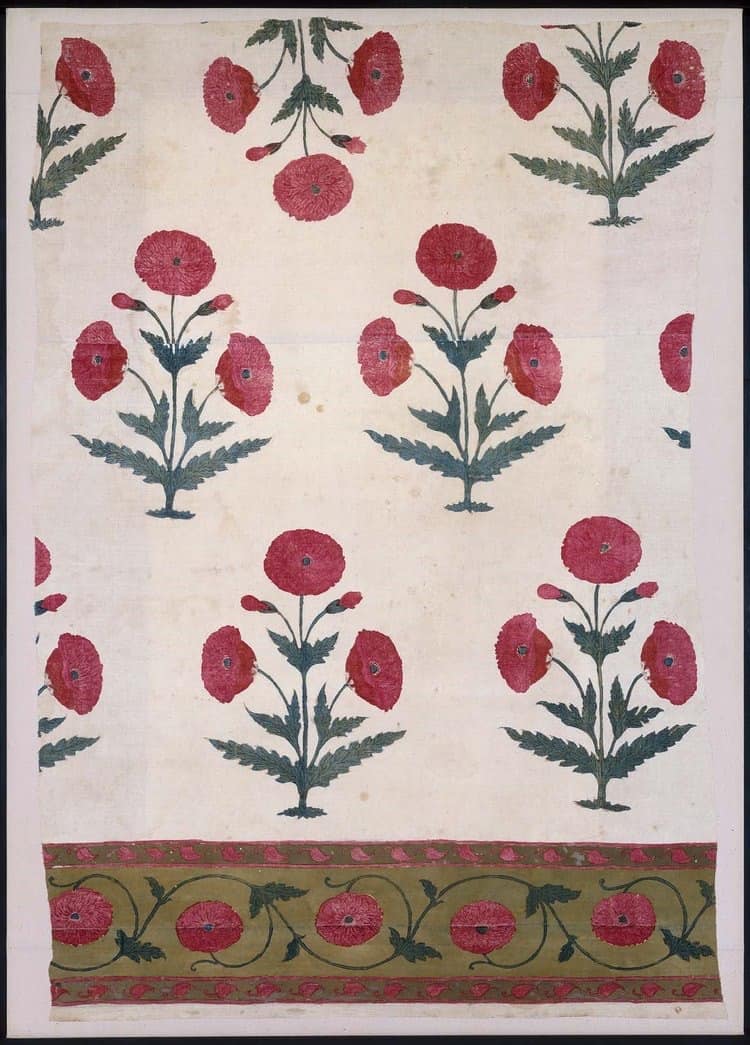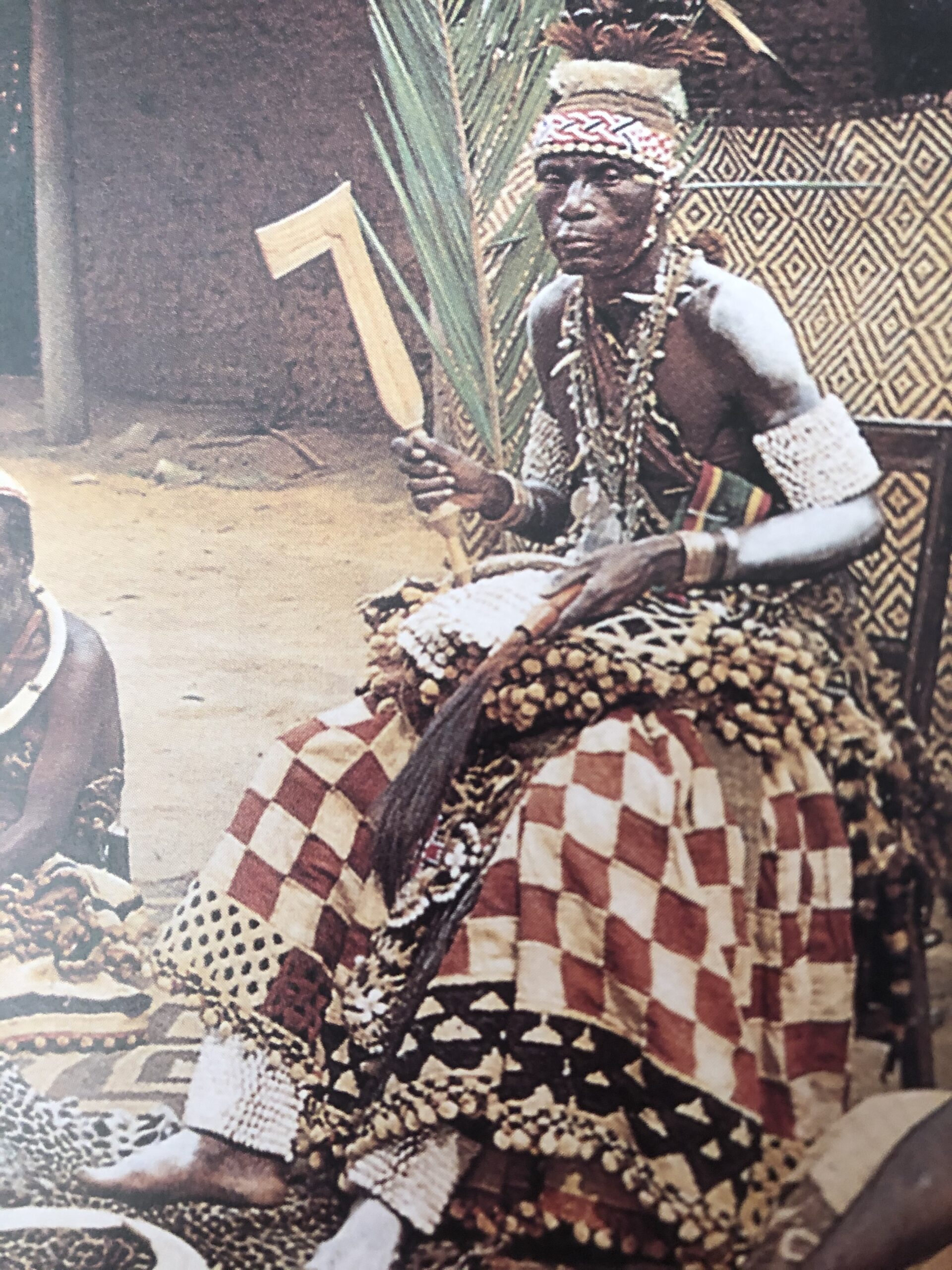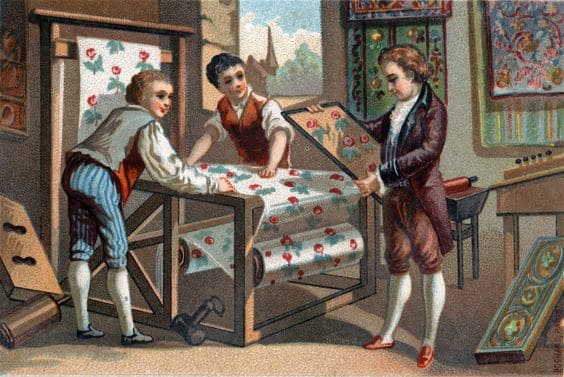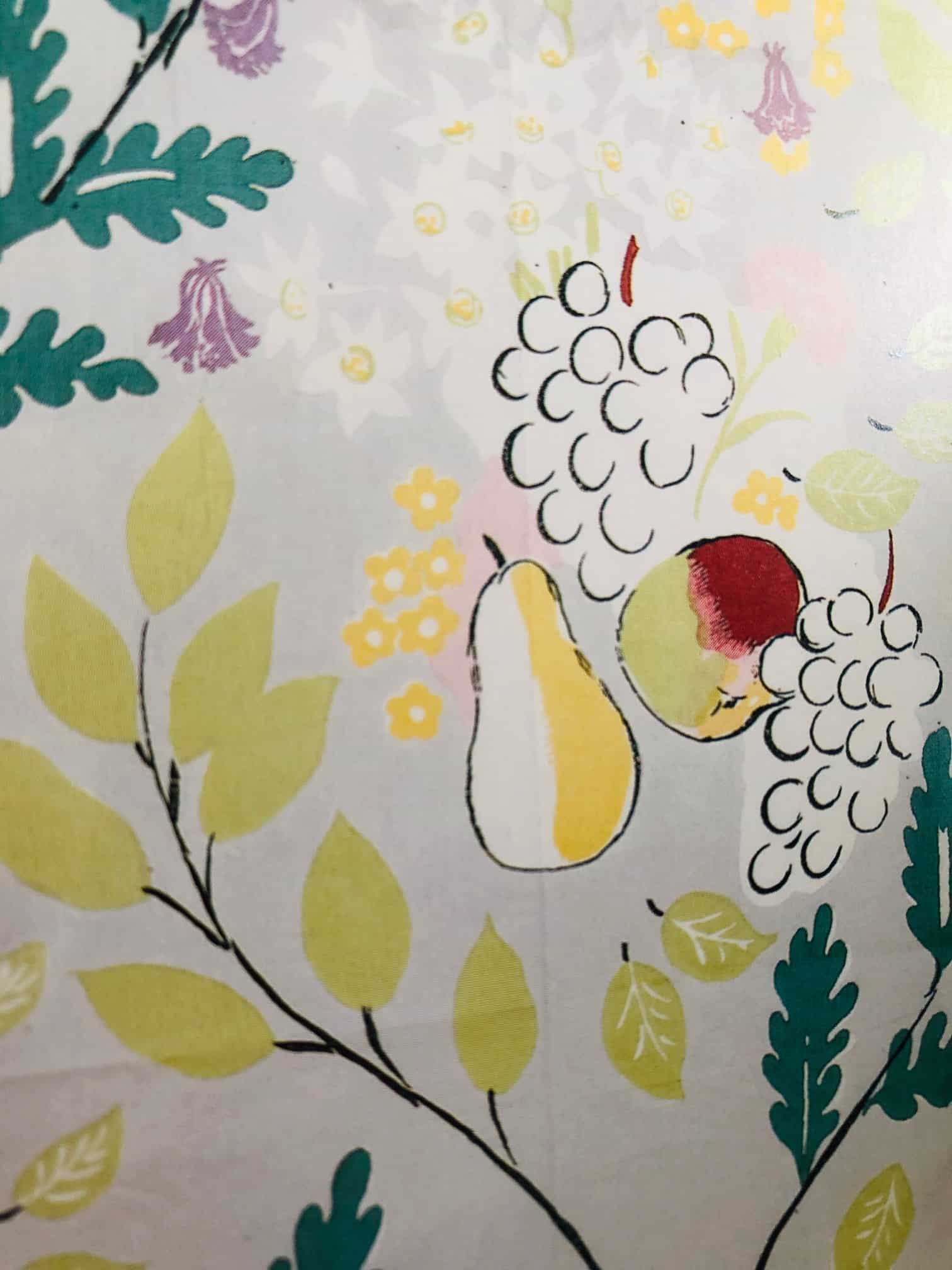[vc_row css_animation="" row_type="row" use_row_as_full_screen_section="no" type="full_width" angled_section="no" text_align="left" background_image_as_pattern="without_pattern" css=".vc_custom_1602280043378{padding-right: 15px !important;}" z_index=""][vc_column offset="vc_col-xs-12"][vc_column_text]
[caption id="attachment_2995" align="alignleft" width="398"]
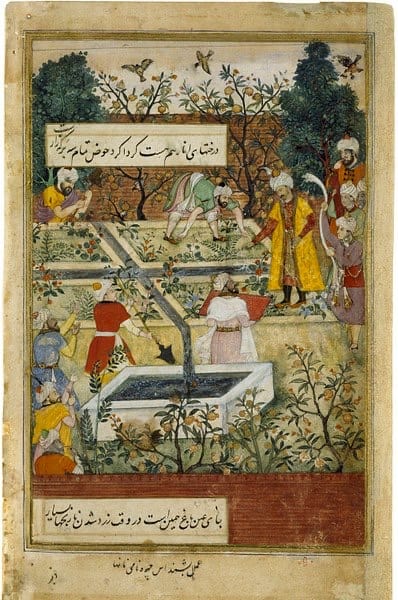
Bābur supervising the laying out of his Charbagh The Garden of Fidelity. Opaque watercolor and gold on paper
India - ca.1590
Artists: Bishndas and Nanha From the V&A[/caption]
Mughal Floral Designs - South Asian art has always been full of floral images, but this reached its zenith in the Mughal empire. During the 330 years that the dynasty ruled, most magnificent art, architecture, and craft that the world has seen were produced, and much imagery used was from flora, particularly in the reigns of Jahāngīr and Shah Jahan. However, Bābur, Humayun, and Akbar are all recorded as profoundly interested in gardens and flowers. One of Babur's first actions in India was to make a garden, the Charbagh.
The popularity of floral motifs in Mughal art was because traditionally, living creatures and humans were not supposed to be depicted in Islamic art. Therefore, the plant kingdom provided subjects that were non-controversial and capable of stylization.
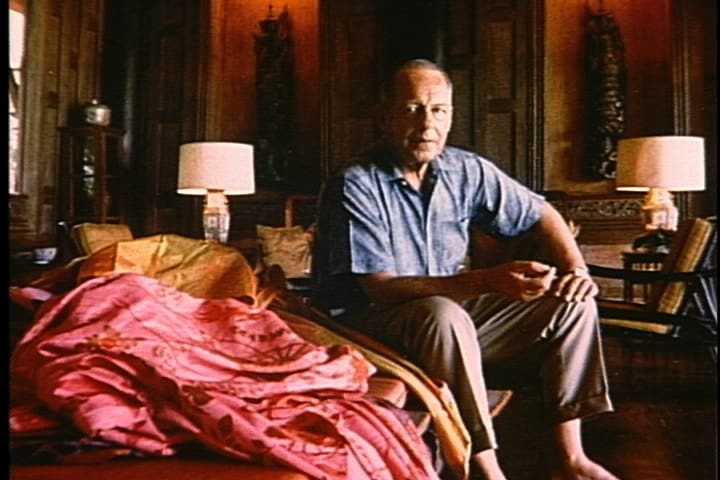 Jim Thompson was not born a designer. He studied architecture at Princeton and eventually enlisted in the Delaware National Guard in 1940, leading to a posting in Thailand with the ending of World War 2. While he was in Thailand, he was very taken with the country’s lifestyle and culture and chose to settle there.
Jim Thompson was not born a designer. He studied architecture at Princeton and eventually enlisted in the Delaware National Guard in 1940, leading to a posting in Thailand with the ending of World War 2. While he was in Thailand, he was very taken with the country’s lifestyle and culture and chose to settle there.


